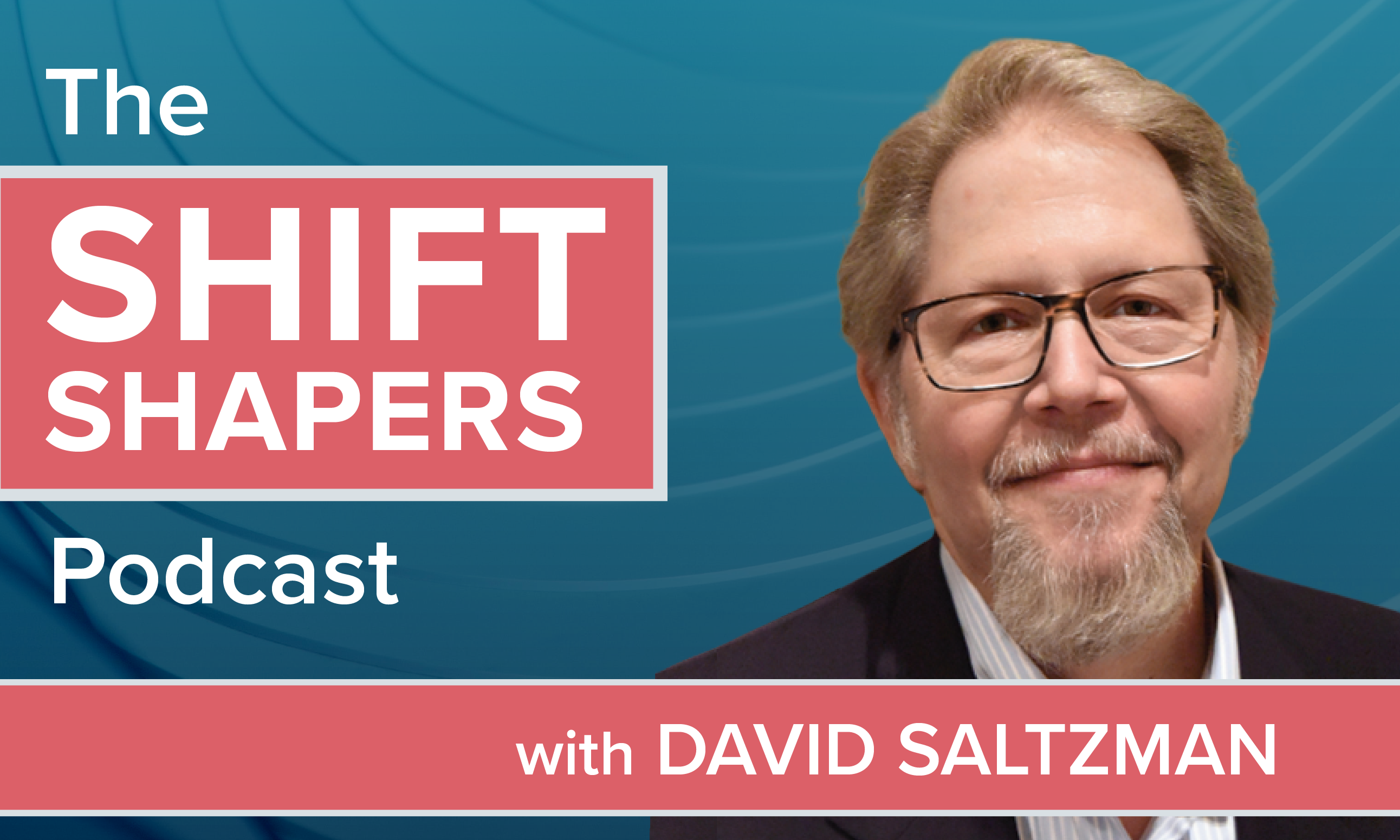Jared Smith is the national partnership manager at InteractiveHealth, Inc., a provider of outcomes-based health designed toengage employees in the management of their health through earlydetection and identification of risk factors.
|Related: Maximizing health and financial wellness in 2018starts now
|The company creates innovative wellness programs designed toincrease overall company health and actively engage employees tomake lasting behavior changes.
|Paul Wilson: How did you get your start inthe benefits industry?
|I started as an account manager for a brokerage firm and got tolearn the nuts and bolts of the industry working under a producer.I wanted to learn more about the funding mechanisms and benefitsdesign, so I got a job at Blue Cross. I worked there for about fouryears in underwriting, and then I moved to a consulting role whereI helped drive strategy relative to utilization for large employergroups.
|From there, I moved to a TPA where I ran the sales team, andthen I stepped into the wellness space, where I've been for thepast three years.
|PW: How has your background helped yourcareer?
|Understanding how things are financed helps me recognize trendsand better understand what brokers are trying to do, not just froma sales standpoint, but from the perspective of the problemsthey're trying to solve and the ways they're trying to addvalue.
|PW: What are some of the biggest trendscurrently impacting the industry?
|Problems and issues generally drive trends, and I think the mainproblem brokers are currently trying to solve is helping theirclients somehow bend the cost curve. Many trends arise from thatissue. Another major trend is wellness, which continues to grow.There's a lot of noise around the topic, so the key is to definewhat wellness is and how you can quantify it. I don't think thereare a lot of major players doing that, because in order to be ableto address it effectively, you need to have good data.
|I think another area to watch is telehealth, an emerging marketthat's focused on giving employees access to care at the rightplace and time. There's been a downturn in primary care physicians,so telehealth is helping solve that access problem.
|PW: What are some of the biggest challengesfacing brokers right now?
|The brokers I work with often mention the challenge of dialingdown the noise to provide good insight and value to their clientswithout confusing them. The market is so turbulent right now, soit's more important than ever to provide substantive informationand solutions. It's so important to communicate to people thatregardless of what happens nationally, there's still going to be aneed to solve that economic problem. That's not going away.
|Related: The life of a broker
|PW: What are the top brokers you work withdoing differently?
|There's a difference between a sales brokers and a consultant,and the consultants are the ones who are thriving. They'releveraging tools within the industry, along with emotional andbehavioral management. They are able to vet what's out there in themarketplace and provide tangible solutions using quantitative dataand analysis.
|PW: There was a lot of initial good pressabout wellness, followed by some questioning its relevance and ROI.Is the quantitative approach you mention a pushback against thatcriticism?
|A lot has to do with the way we as wellness companies frame whowe are and what we do. I try not to lead with the word “wellness”because it's a buzzword and it sometimes gets lost in translation.It's hard to define and there's are lots of different variances ofwellness across the spectrum.
|Wellness companies that are setting themselves apart are theones that can back up their propositions with data. There's adifference between the “fluffy” and the quantitative wellnessapproach and we definitely take the latter. All of our decisionmaking and strategy is driven by our data.
|A lot of the leading companies in the space are also gettingaway from that “return on investment” terminology. When we talkabout using data to help show clients a quantifiable return, it'sthrough risk migration. So it's getting away from that ROI-speakand talking about cost avoidance; that's the real return when itcomes to wellness programs.
|PW: How do you keep up with the pace ofchange and the volume of information in this industry?
|One way I try to keep up is getting involved with variousorganizations. I'm the co-founder of the downtown Chicago NAHUchapter. I've served on local chapter boards and also on theIllinois state board. Staying connected to organizations like NAHUhelps start conversations, which keep you up to date; and thedissemination of information through those organizations isinvaluable.
|Related: Voluntary disruption
|I've also tried to connect with as many brokers nationally as Ican. Understanding how a regional market relates to the nationalpicture can help drive strategy and keep you updated on the currentmarketplace.
|PW: What advice would you give someoneinterested in joining the employee benefits world?
|I think the flux in our industry has created a number ofdifferent opportunities, whether you're on the broker side, thecarrier side or the vendor side of the house. I would tell them tolook at the change as a positive; this industry has a lot of roomfor growth.
|PW: How do you balance the importance ofdata and technology with the idea that this is an industry that'sultimately built on relationships and trust?
|This is absolutely a relationship business. Yes, the data isimportant, adding value for clients is important, but relationshipshelp drive our business forward. It's a balancing act. The marketreally demands we hold true to our relationships. That's one of thekey factors in our success.
|PW: What does the word “disruption” mean toyou?
|Disruption is inevitable; it's your strategy and how well youprepare that helps mitigate that disruption. Disruption is an xfactor—you don't know exactly what it will be, so you need to havestrategies in place where you may have to alter course, but itwon't completely dismantle your overall strategy.
|PW: Who are you favorite innovators orsources of inspiration?
|Elon Musk is always trying to push the limits, ask goodquestions, and enhance the user experience. I relate to thatphilosophy personally and professionally. I always try to advise myclients in a strategic, thoughtful way.
|PW: What do you love about yourjob?
|Every day is different. I'm trying to make a difference inpeople's lives by helping companies solve their health care costsand improve employees' lives.
|I love the fact I get to meet a lot of different people and heartheir stories. I also enjoy helping apply some of the financialmodeling and tools we have to help employer groups solve theirfinancial problems. Every day is a different challenge.
|PW: How do you maintain work/life balanceand focus on your own wellness?
|I often have to pause and make sure my life is remainingbalanced. I like to practice what I preach.
|Because I'm so busy on the work side, I always try to maintainbalance on the personal side, too. When I slow down on one side, Itend to slow down on the other side. I play in a few soccer leagueson weekends when I'm not travelling. I live with my girlfriend andshe's a big part of my life and helping me stay well-balanced. Ialso have two dogs who keep me busy. And I'm an outdoor person andlive near the lake, so I try to take advantage of that whenever Ican.
|PW: How do you see the industry changing inthe next five to 10 years?
|I think industry professionals are going to leverage technology,wellness programs and telehealth to build out a model which is moreefficient and effective. The cost conundrum is not going to goaway, but utilization of certain tools will make a difference.Transparency and reference based pricing will also continue to playa huge role in what's to come.
|PW: Finish this sentence. The key tosuccess in this industry moving forward is…
|Relationships.
Complete your profile to continue reading and get FREE access to BenefitsPRO, part of your ALM digital membership.
Your access to unlimited BenefitsPRO content isn’t changing.
Once you are an ALM digital member, you’ll receive:
- Critical BenefitsPRO information including cutting edge post-reform success strategies, access to educational webcasts and videos, resources from industry leaders, and informative Newsletters.
- Exclusive discounts on ALM, BenefitsPRO magazine and BenefitsPRO.com events
- Access to other award-winning ALM websites including ThinkAdvisor.com and Law.com
Already have an account? Sign In
© 2024 ALM Global, LLC, All Rights Reserved. Request academic re-use from www.copyright.com. All other uses, submit a request to [email protected]. For more information visit Asset & Logo Licensing.








